First off, to be square, I swiped this technique from Gilles Bensimon, the legendary fashion shooter. I was invited onto his set in Paris years ago, when I was shooting my first cover for National Geographic. It was an amazing adventure, a story on sight. Can you imagine? It was like being given a grant to simply go be a photographer. It took a year of my life, and I shot about 1500 rolls of Kodachrome.
I was all over the place, from the hi-tech halls of Johns Hopkins’ Wilmer Eye Clinic to the tribal villages of Africa, documenting eyesight, how it works, what can happen when things go wrong and how to fix it.
So what was I doing on a fashion set in Paris? Eye makeup. The beauty of the eye. Gilles was enormously gracious and totally easy about my presence on his set. He said, “You, you have ze best job, ze shooter for ze National Geographeec!” I looked over at him, easy in a director’s chair, sipping espresso and looking over portfolios, just generally awash in impossibly tall, angular fashion models, and I thought, “You, you have ze pretty nice job yourself!”
My pictures from that day never got published, but a much more important thing has stuck with me, as I observed him. He was working a cove type of studio. (Think of an egg, and then cut it in half. You’ve got a cove.) Most photogs place the subject in the cove. But he used the cove as his light source. First, he washed his lights off of V-flats. Their shape collected the flash and bounced it backwards into the continuous white curves of the cove, which then pushed it forward and deposited it on his model like a giant wave of light. Ping pong with light! Over the years, I’ve occasionally adapted a version of this for small flash lighting, with fairly happy results.
Here’s the thing–you, the shooter, are standing right in the path of all this light, but there is so much of it freight training towards your subject, it doesn’t notice you standing there at all. You don’t throw a shadow, or interrupt the light pattern. But you’re there, right in the middle of your subject’s eye.
It’s really nice light, done easily, either manually or TTL. The key is the foam core boards. Black on one side, white on the other. You need 4 of ’em, to make 2 V-flats. Strip the vertical edges of the boards together, and voila, you’ve got V-flats. They are incredibly versatile around the studio as cutters, flags, bounce boards, background lights, and, as light sources.
To do this type of light, you don’t need a cove, thankfully, ’cause I sure ain’t got one. All you need is a white wall. Here’s what the set looks like.
And another view.
I’ve got two small flashes into each V. (You can easily do it with one apiece.) Keep the flashes above your subject’s eye line. The light will look and feel more natural. Cool thing? See my commander flash hot-shoed to the camera? This is one of those rare instances I use the hot shoe master as both a master and a flash. It is pointing directly back at the wall with the others, commanding them, but also adding a bit of pop. (It tends to be a little punchier than the feel of the units in the v-flats, because it is only bounced once.) The other fillip you can introduce is what you see Mike Cali doing in both of the above production pix. He is holding another light (in another group) and bouncing it off the white seamless paper on the floor. This gives another, sort of fashion-y dimension to the light scheme. A little low fill. Just a spark.
Other things to look for? Don’t get your subject too far away from you. If the light has to travel a real long ways, it will get harder by the time it hits them. You can also do this with big flash. Same deal. In fact, at the recent workshops we interchanged this approach back and forth a fair amount, so I really lost track of what face was photographed with big light or small light, the quality is so similar.
So, to recap. The V-flats are oriented vertically, taped together at the edges. The V opens back onto a white wall, or seamless. Put one or two small flashes into the V. (And I mean into it. Not outside of it, you’ll get hard spill jumping around the set.) Run these as a main light source, for instance, Group A. On camera speed light is Group M, active as a flash, and a commander. The low floor bounce becomes Group B, if you choose to use it. You can dial the groups up or down as you see fit, depending on the feel of the light.
It works. It looks and feels like daylight, and a lot of it. The ricochet aspect of this light pattern allow the small flash to get big off the v-flat, and then get even bigger off the white wall. The multiple units create possibilities for healthy f-stop, though, as I said, you don’t need lots of speed lights to try this. It works well with minimal gear, and minimal f-stop. Below is Numnuts at work.
More tk…..
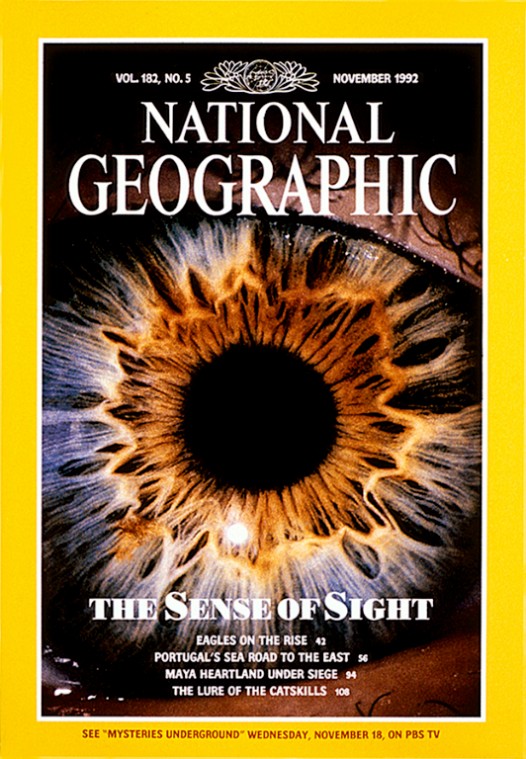
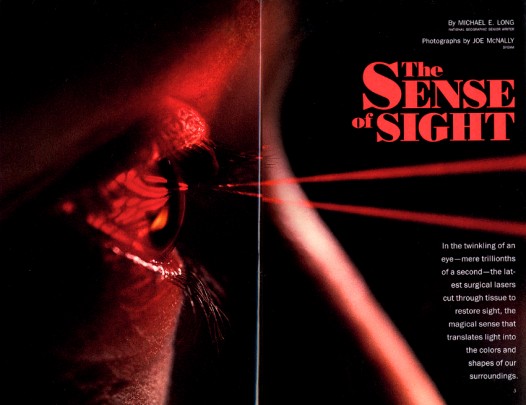
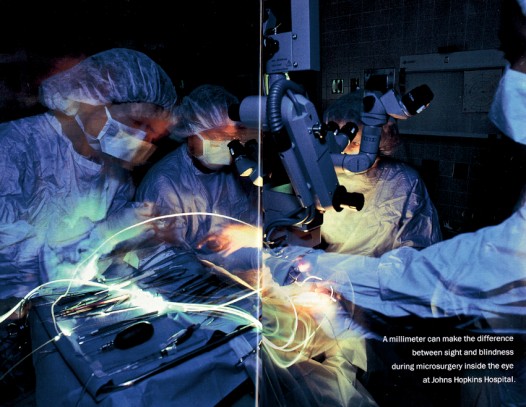
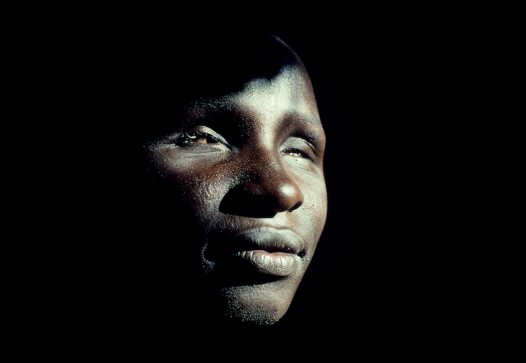
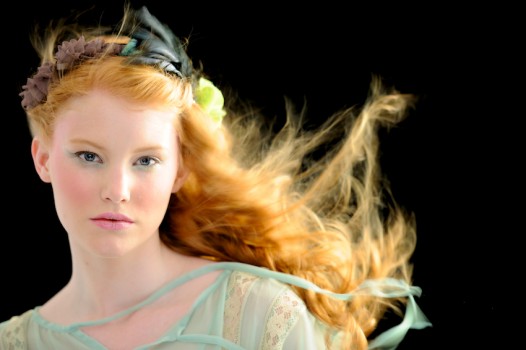
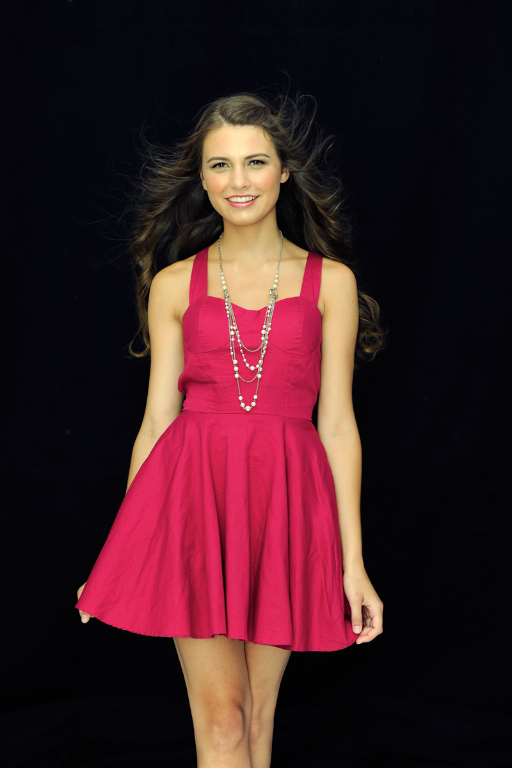
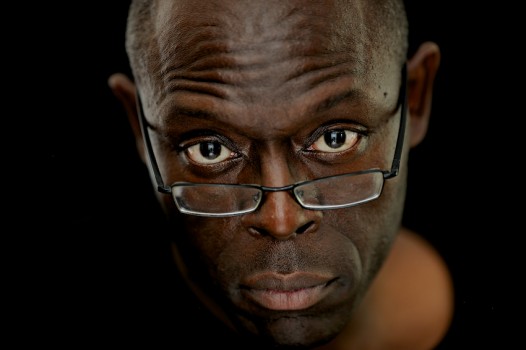
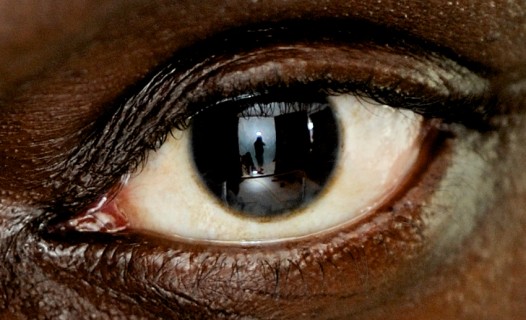
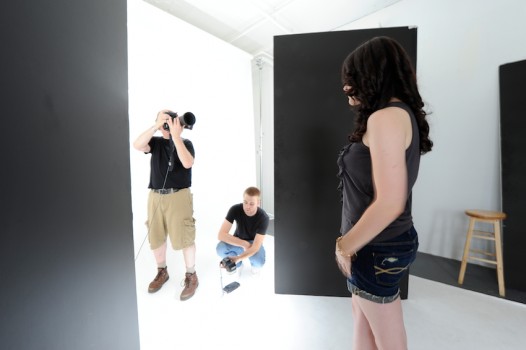
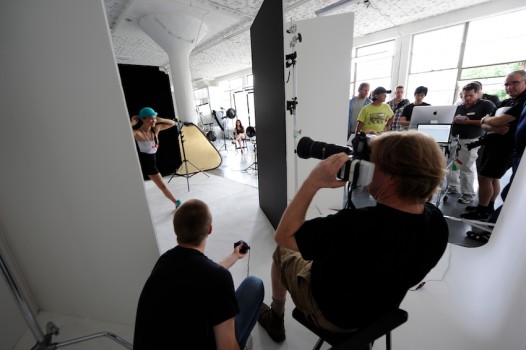
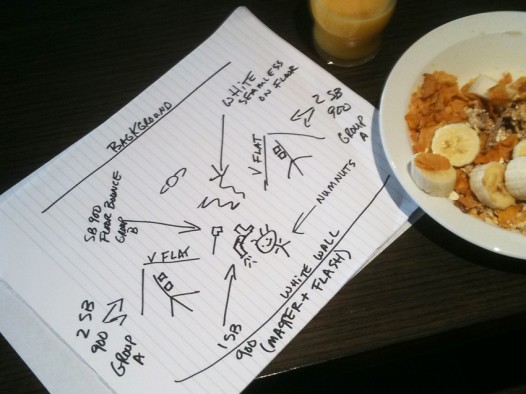
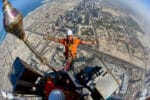
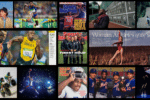
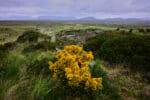
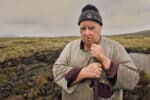
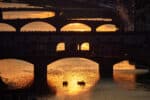
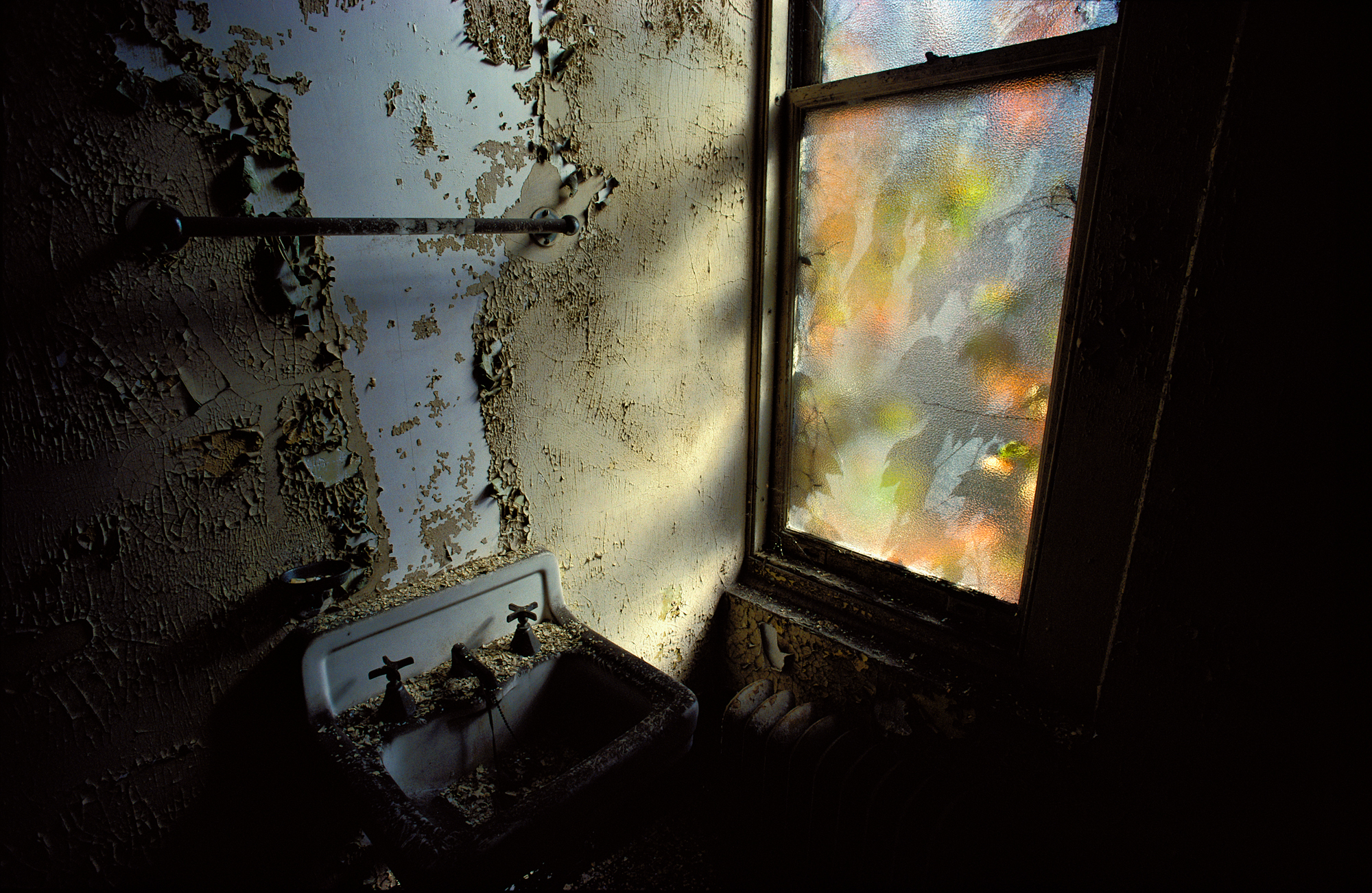

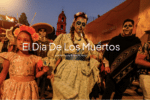
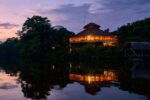
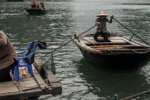



Another myth shattered. Joe eats a healthy breakfast. Not a cup of coffee in sight.
Thx numbnuts,
What incredible pics, wonderful soft lighting!
As usual another awesome piece of advice,I will give it a try with my Sb-800 over the next couple of weeks.
I am assuming this would work outside as long as there is minimal wind?
Tom come on he is the master of illusion do you really think he would eat museli, banana and orange juice?
Joe, how does Nat Geo have you work on a project fir a year … and not use the imagery?
Joe:
Great how to. but I have one small question. Where do you aim the speedlights in the V-flats? the ceiling , into the flats, of bounce them off of the back wall?
Thanks.
Dick WoodPS Love the shorts.
How do we know it’s not Gilles Bensimon’s breakfast?
Thanks, Joe. I never knew what V-flats were, let alone how they were used. I heard you mention them before, but thanks for this blog entry. Good Gilles Bensimon story as well… ze lucky bugger!!
Such a fantastic technique. Beautiful light, and looking at this, I definitely feel like I could do this. Anything that is a fairly simple technique, but actually makes me look like I know what the hell I am doing is a great thing. Thanks Joe!
Thanks for another great insight into your work Joe.
I have a question though, doesn’t the photog (or ‘Numnuts’ in this case) cast a shadow over the subject? I guess the whole back wall becomes the light source and so maybe wraps around the camera operator?
Pete
Nice compelling story. I have to use this technique, the results are awesome, the subject is very well lit all around. Awesome work as always Joe.
you really do have ze best job in ze world…and take ze best pictures too!
@Tom, of course Joe eats a healthy breakfast, have you seen how thin he is.
Joe, I really like this. I’ve seen tutorials on using v-flats before, but I don’t think any of them used them like this. I am going to have and try it for myself. I don’t have a great deal of space, but I think I can make it work.
BTW, I just watched your videos on Kelby Training on environmental portraits and the athlete. I had a question, what happened to the loading dock area on the athlete shoot? I didn’t see you do anything with it and I was very curious to see how you were going to use that lighting and area.
Very cool, but with SB flashes, what kind of ISO and f/stop are you getting? Bouncing the light twice has to really suck up the light. Looks like you’re doing shallow DOF, but still curious how high you need to ramp the ISO to make this work well.
BOOK BOOK BOOK BOOK BOOK BOOK BOOK BOOK BOOK
OOOHHH. MORE BOOK MATERIAL!!
BOOK BOOK BOOK BOOK BOOK BOOK BOOK BOOK BOOK
Great idea, and impressive that you can get enough light out of it to shoot at ISO200/f4!
But did you really use just the flats and wall bounce for the top photo (mcnallyshow-143, the flying-haired young lady with the whatsit on her head)? Can’t understand how you’d get the hair backlight and the highlight on her temple with this setup. Did you do this with a reflector, or did it need another light, or what?
Love it! The light diagram and numnuts are back!!
I dont know where aim the flash into the vflats. to the ceiling ?
thanks for your patience
Joe, the shot of the eye on the Nat Geo cover is wonderful. I really appreciate your sharing this technique. The set is one that we can duplicate and afford to see if it works for all of us. Not quite sure of the formal drawing, however. Was the restaurant out of napkins? With David Hobby’s lead on cheap slaved manual flashes, or putting slaves on the old Vivitar flashes, we can try this without breaking the bank. Just wish I had six SB 900s to play with(actually one SB 900 would be fine), but maybe your test of the new Pocket Wizards will help us all with legacy speedlights.
Thanks for you inspiration and instruction.
Bill Bogle, Jr.
@Tom – and here I was thinking Joe ate speedlights for breakfast!!
Great information here and looks to be a pretty affordable alternative to a big set-up too.
Awesome tip, Joe. I think I may need to try this one. I especially like the close-up of you reflected in your subject’s eye. Neat stuff.
Great
I always love to come here to read more about your shots.
I’ve been following your work, since the 80’s when I was hired by you as a second assistant, in Los Angeles, to do a shoot in the desert of some big Parabolic Antennas for a Fortune edition
Thanks a lot
best
AYRTON
Where can one purchase that large of a piece of foam core board?
Are you kidding! Lets just go outside!
Thanks Joe!
Joe, long time reader, first time commenter.I just have a couple questions you might help me answer. What power were you shooting the SB-900’s at,or was it all TTL? Do you get a different effect based on the height of the ceiling? Also, are you going to post more on the Flexes you’ve been playing with? Thanks for all of the insight you’ve provided over the years. It’s been invaluable to me!
What would be the difference, if the flashes would light the white wall directly?
@Tom- that’s probably because Moose won’t stop the car for bathroom breaks.
I like this lighting set up a lot. I could see it working great for a band shoot using a parking garage wall for your light bounce.
Hi Joe,
Love your blogs. I am not familar with the term ‘Group M’ as you mention above. I thought the flashes had Group A, B, & C.
Thanks for that, dumb question but I am guessing the heads are fairly well zoomed out for this e.g. you’re not at 35mm zoom on the flash heads? From the pictures above it has to go..25-30 feet to actually reach the subject? Or, are they firing at nigh on full power?
Tx, Matt
The pictures look stunning. The technique looks simple. I really would like to try this.
Joe,
What are the pro’s/cons of using V-flats versus just bouncing off the rear wall? Seems you would lose less light by bouncing once rather than twice.
eh, don’t worry – the breakfast is a prop.
Thanks for the excellent tips, the wife is going to get mad at me for filling the basement with white boards. Keep it coming!
Really had to think awhile to figure out why it works.
Numnuts? Can I get those from B&H?
Great info/diagram. Look forward to utilizing this technique. Your books are a tremendous inspiration and gift! Hope to see you at PSW!
Thanks for the information on the height of the flashes into the V flats., I must have missed that in the class. Great picture of Frank too (all are great actually). It’s also great to see more of your artistic renderings, helpful as always!
Six SB-900s: Easy, yes; cheap, no. 🙂 Thanks for the ideas; very cool setup and way to turn small flashes into really, really big flashes.
Hope you had as much fun in Iceland as Drew did! 🙂
we are not worthy…
Joe is god
Neat. Since I don’t have the luxury of putting two flashes in each V flat, I’ll probably try shooting each light into a backward facing silver reflecting umbrella and see if that gets me a similar effect with better recycling time.
If you had umbrellas, would you be better off illuminating the wall with them?
V Flat, love the techniques … better start working on it to have this amazing result … THANX JOE
Joe,
I have a comment re your lighting diagram photo:
Is that healthy breakfast cereal with banana?
I’m very disappointed as I thought you were a double egg, sausage, bacon, hash browns and pancake type of guy (no Mountain Dew obviously, that makes you TTL averse). I can only think you you put the diagram next to your wifes breakfast just to screw with us!
Cheers,
Phil Walker
Joe: I’ve traded my brown robe for an orange robe and am heading for video nirvana. But you can still confess to me. However, this time we do it while walking around town with our Buddhist monk begging bowls…Good training for retirement! ciao:-). Father Bob
Thanks for the trip down memory lane with the eyesight article. I’ll always remember the tear gas coated lightstands from your time at Paris Island (I rubbed my face and eye later that night after handling them and got quite a surprise!) and one of the same lightstands getting chomped and twisted by the alligator (I’m certain that Bogen didn’t intend for them to used as protective devices!). I sure wish National Geo had used the gator pics, great to finally see it in print in the new book. Was that really almost 20 years ago? Geez, I’m getting old. I think you were named number 83 that year in American Photo’s top 100 most influential photo folks, too!
I’ve heard of this technique before but never thought I could actually try it. Thanks for info.
Hi Joe,
Fantastic post as usual. There’s one very urgent question on my mind, probably a very stupid one, but I have really been struggling with it for a long time. How do you get your backgrounds so perfectly black? I have been trying all kinds of things, but I cannot seem to get it right. Can you please help me?
Kind regards
Onno from the Netherlands
Thank you for the detailed description of the V-flat …
Iksa
Jakarta-Indonesia
This tecnique will eat a lot of light, right?
Gotta love the lighting scheme drawing, will try it sometime, thanks a lot
I have been doing something like this for a few years. Just using a portable white back drop on location to just bounce off of but the v-flats add a whole new demension of soft. Thank you.
We did this setup tonight at our meetup.com photography get-together. It was awesome soft light! It’s my new favorite setup! Thanks Joe!
WOW, is all I can say. Tried this in the studio last night. Just AWESOME. Thanks Joe.
this is a very good post as usual, loving the continued lighting diagrams, they are really useful.
hope all of godo and busy with mcnally and crew
jason
interesting…but noticing the great wall of real natural light being ignored was a bit ironic. Also, the shot of the girl in red….imo is way to flat…it NEEDS directional light. Flat light is boring. Upon closer inspection, the shot of the black guy with the glasses, really works more due to the slight shadows cast on his face by the 2 big v-twin things….and thus creates some directionality to the otherwise flat lighting scheme you have created. All the truly great people photographs you can think of illustrate using light not as omnipresent, but as used in a more directional fashion. In the wide shot showing the entire set up…there is incredible, directional light already on the model from the huge bank of windows…..to the SIDE. Its the partial shadowing that really makes great lighting for people.
You’ve created a great way to eliminate most of the directionality of the light……now you just need to determine if you prefer that method, or if it would actually be better with a bit more “direction” to it. Thus the whole lighting ratio idea.
BB
I saw the V-Flats in action during one of the location lighting seminars a few months back, was stunned. I’m about as location as it gets (if it doesn’t fit the RJ overhead, I probably don’t get it), so I haven’t had the chance to try ’em myself, but I keep toying with trying to make a mini version to use for location portraits or something.
Hi Brad….good input. I’m also a big fan of directional light. Actually, I’m a big fan of nice light anyplace you find it. We aren’t ignoring the windows. From the production pix, you can see it’s a workshop–a flash workshop. So we are working on flash skills in this instance. Best, Joe
Thanks for the tip. And love your lighting diagram.
Cheers,
GuessTheLighting.com
Actually fantastic post, are googling somewhat for this recently so truly wonderful to hear some info on this. I like the layout on the website also, looking swell.
Beautiful shots as per usual. Numnuts seems to be having a delicious breakfast!
Its great as your other articles : D, appreciate it for posting .
Good day there admin, I basically desired to actually make a swift mention to actually say that I preferred your piece of writing. Thanks!
Joe –
This article was awesome, just what I needed for a shoot I have coming up – thanks for putting this up and explaining this so well.
Best,
Bill
Valuable information. Fortunate me I discovered your website by chance, and I’m shocked why this twist of fate did not took place earlier! I bookmarked it.